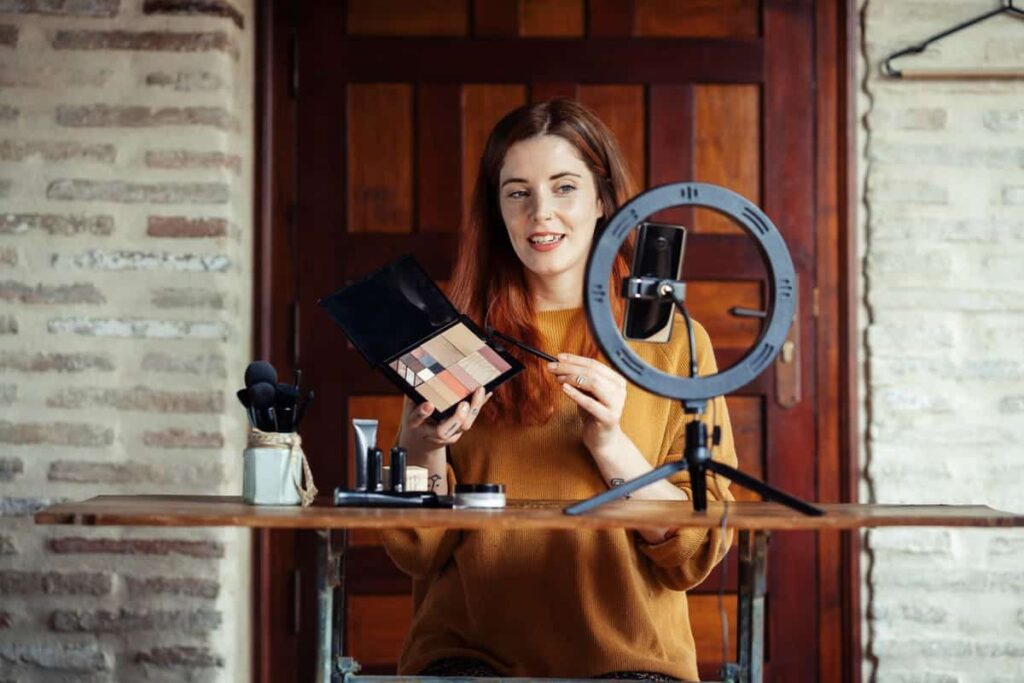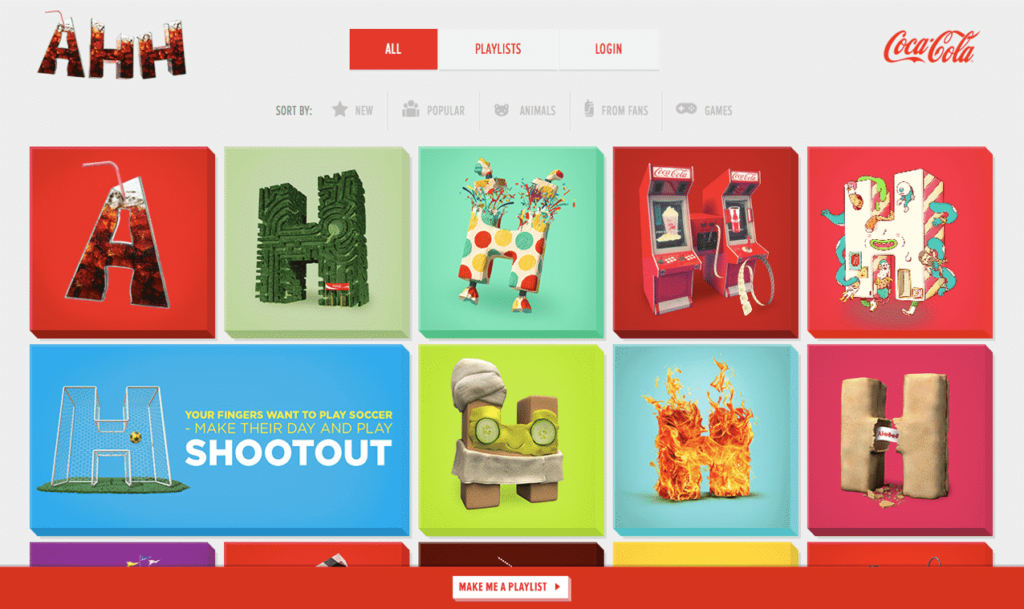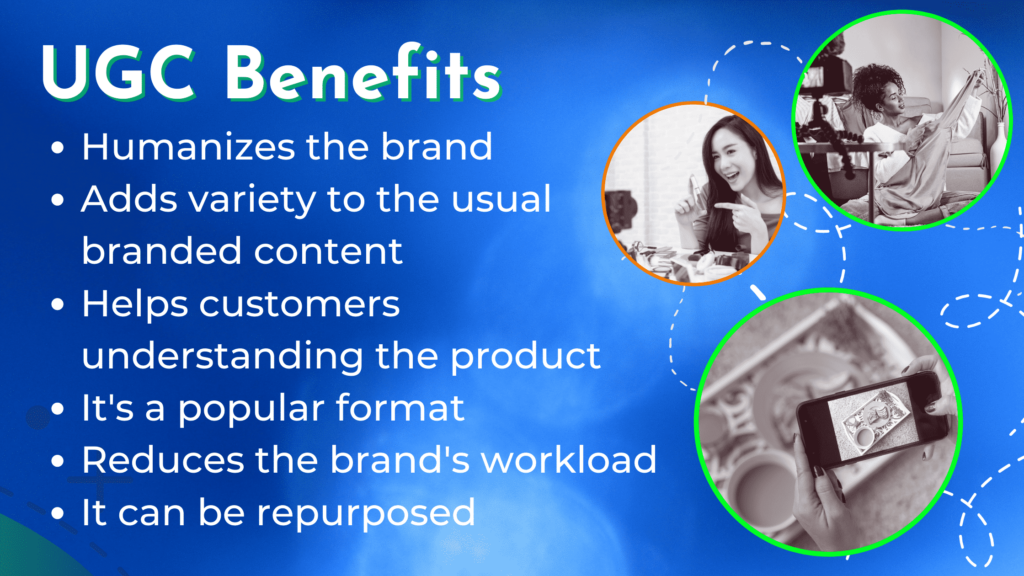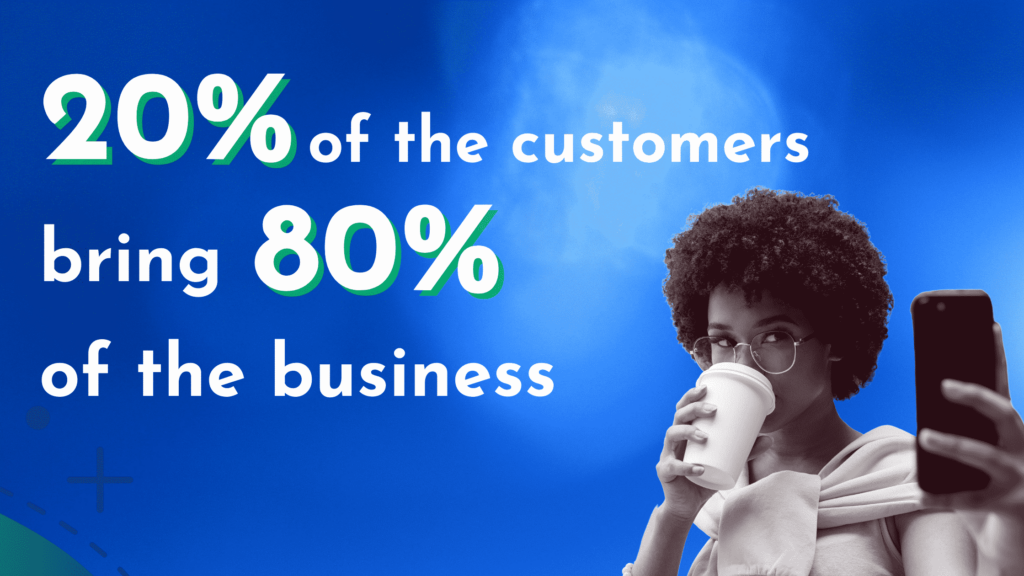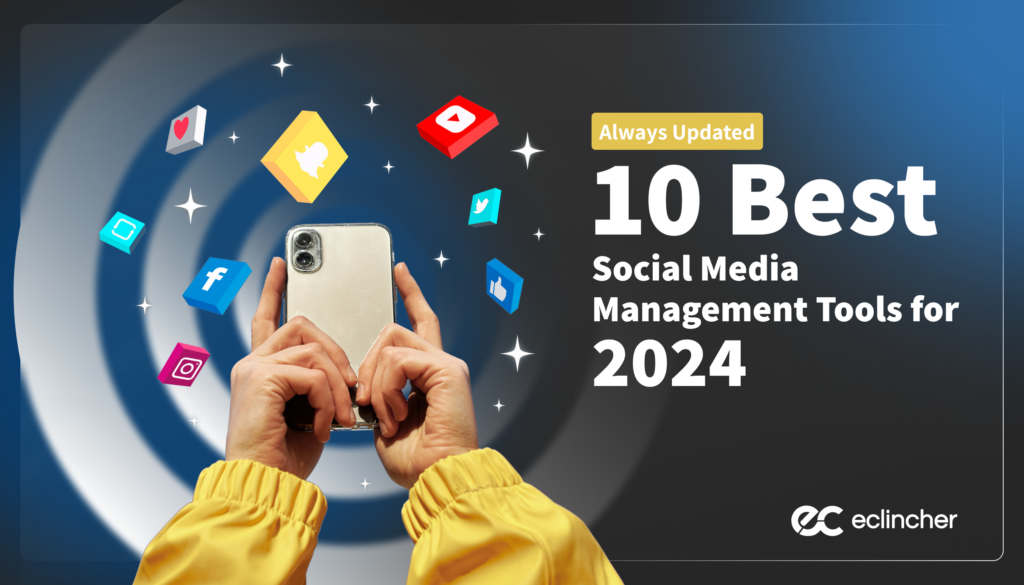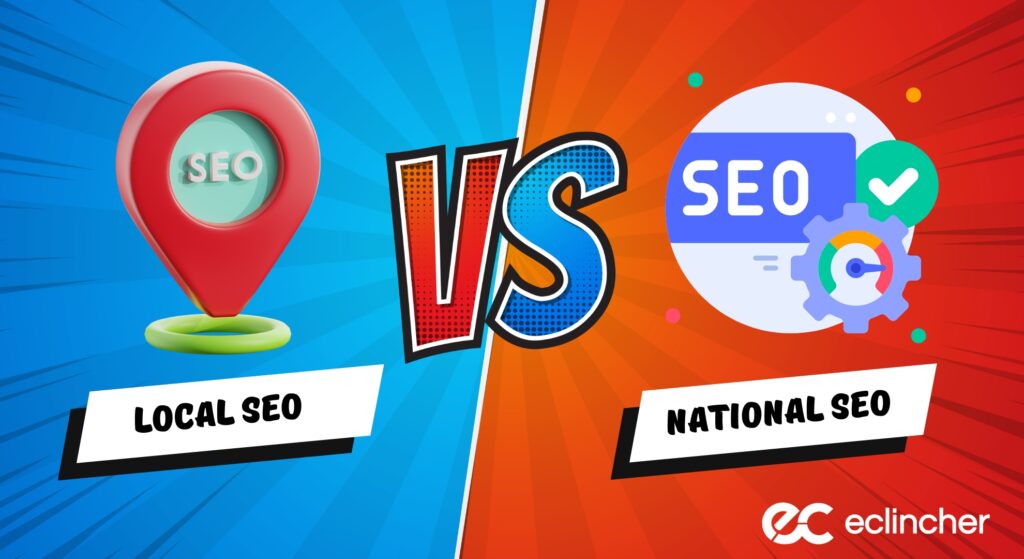Strategies, analytics, tools, and a whole lot of other stuff contribute to the success of a marketing effort. But the content marketing – that bridges the information gap between the brand and audience – remains the driving force of marketing success.
At present, and in all probability for the foreseeable future, videos will remain the authentic content of choice for the consumer.
Already, more than a third of all online activity revolves around videos. This is good news for businesses. Over half of the online consumers prefer brands to publish more video content.
With such huge demand for video marketing, businesses are both elated and worried.
Video content has emerged as the best tool to create awareness, engage, convince, and achieve an array of marketing objectives. That said churning out quality video content is easier said than done. The expense and time involved in creating videos are additional challenges for businesses.
What if you can address the issues of cost, time, efficacy, and a whole lot of other things related to video content with one solution? Yes, you won’t find a more persuasive tool than User Generated Content (UGC).
And what about user generated video?
Two words. Social proof.
If you’re wondering, ‘How can I include user generated content in my marketing strategy?’ then you’re in the right place.
In this blog post, we will discuss ideas to encourage/persuade customers to share video testimonials. If you’re a marketer you might already know the sheer benefits of user generated content campaigns. Keep reading to up your game on your next ugc campaign.
While discussing this subject, we shall also dive into the meaning of UGC, its importance, benefits, and a lot more.
What Is User-Generated Content?
The name itself is a dead giveaway. We’ll try to elaborate further.
UGC is any form of content created by customers that benefits the brand. It often deals with a product or service.
The brand gets to use the content in their marketing campaigns after the express consent of the customers or by requesting submissions.
The theme of the UGC can be anything related to a product or service; from the expectations of a customer to the experience of using a product. Also use a social media planner calendar to simplify your posting process.
Websites, social media, and video-sharing platforms are flooded with user-generated content.
Texts, photos, infographics, presentation slides – the different types of UGC go on and on. But video content is by far the most popular content on all platforms.
Although brands have very little control over the content, brands can use UGC to diversify their content offering, increase awareness, build trust, and gain several other benefits.
Why Is User Generated Video Content Important?
We all agree that videos are more popular and effective compared to other forms of user-generated content, don’t we? So, let’s proceed to learn why video UGC is important to a brand’s marketing efforts.
- UGC humanizes the brand. The brand, which for so long remained only a legal entity – a name without a face – will be remembered for the happy, satisfied look on the customer’s face.
- UGC comes as a breath of fresh air, adding variety to the traditional content mix developed by the brand.
- Customers might find new uses for a product/service which even the makers were not aware of.
- UGC is quite popular among the audience. Unboxing videos, user whiteboard videos, and how-to videos receive millions of views on social media platforms.
- User-Generated Content reduces the brand’s workload. Videos developed by the audience require minimal edits; they are popular for their content and authenticity, rather than the video quality.
- With prior permission from the customer, brands can repurpose UGC into multiple short videos, text quotes, images, and more.
How to Encourage Customers to Film and Share Videos
Your task would become easier if you have a pool of dedicated customers. Even if you don’t, with the right approach and some incentives you can encourage the customers to film and share videos.
Here are a few ideas to make customers respond positively to your request.
Don’t ask for too much time and effort
Not all customers have the experience of appearing or making videos. Plus, they might not know what to do and how to do it.
If the process involves great effort and takes time to complete, most customers would just refuse to help.
Help them get started by developing a template or sample video to guide the customers in the right direction.
Bear in mind if your requirements increase, the customers might become more reluctant. Hence, you must do the bulk of the work for the customers to cooperate.
Other practical difficulties could creep into the process. The customer can misinterpret the requirements, which will only delay video production and cause discord with the customer.
To avoid taking too much of the customer’s time and to make the process easier for you, develop a clear UGC strategy with guidelines, sample videos, questionnaires, etc.
Never discard a video just because it was filmed with a smartphone. When it comes to user-generated content, a simple video could show the content as more authentic and trustworthy.
Be clear about what you want and what you give in exchange
Many content creators are open to ideas to make their videos better and improve their reach. Hence, brands can be more open in stating their exact requirements.
No one knows the target audience better than you. So, why not prepare clear guidelines for user-generated content.
Having a set of guidelines will help customers deliver quality content. Since over 80% of businesses don’t use a UGC guideline; you will have a competitive edge over others.
Bear in mind the UGC guidelines must be in sync with the overall brand strategy and marketing efforts.
If you don’t have a clear-cut user-generated content guideline, then here are a few essential elements to include:
UGC concept, objectives (short- and long-term), best channels to promote UGC, hashtags, and keywords to use, format and video types, time frame, and gifts, discounts, and other incentives to offer.
The user-generated content guidelines must reach the customers. So, place the guideline in all places where customers interact with your brand.
Reach out to your most loyal customers
The chance of a positive response is high if you approach your most loyal customers.
These are people who have, through their action or otherwise, show a constant interest in your products. They love your brand and are more likely to buy from you again.
Create a separate email list of your dedicated customers, if you don’t have one already. Approach them with a request, but before that do your homework. Learn what your loyal customers like and decide on the incentive they might agree to.
Some of your loyal customers might already be into content creation. They might be more than willing to share their experience of using your products.
Brands can use these customers to develop more than one type of video content. For example, you can encourage customers to share review/testimonial video.
Customers with a large following on social media are also prime candidates for your brand ambassador program.
If you’re open to offering an incentive, run a contest or promotion
Announcing an incentive (in any form) will help you attract more customers into sharing videos about your product.
It’ll also show the customers that you value their effort. Incentives will also ensure that brands build a long-term relationship with their customers.
One way of generating interest among the customers is to run contests and promotional programs.
Seek videos on how your product has changed the life of the customer for the better. The award for the best videos can be anything from coupons, special discounts, to cash prizes.
As discussed in the earlier section, brands can lay down certain conditions or guidelines the customers have to adhere to. This is to ensure the user-generated content aligns with your marketing goals and strategy.
A quid pro quo will ensure you receive a large number of submissions. Plus, when there is a competition, people will display a higher degree of creativity to stand out from the crowd.
Search for existing brand mentions and ask for more
Content creators are fulfilling a major need.
In the past few years or so, most people prefer doing in-depth research before buying a product. Among other methods, the research also involves watching plenty of product videos (unboxing, explainer, product tour, how-to videos, and more).
What we’re trying to say is that content creators might be already sharing videos about your product/service.
Any content that talks about your product is a valuable piece of marketing material. It’ll also help you gauge customer sentiment about the brand and product.
You’ll know the content type and format that people are creating, liking, and sharing. Plus, you can approach the content creator for more videos.
Brands can use social listening tools such as Keyhole and Hootsuite to monitor brand and product mentions.
When searching for brand mentions, you’re sure to find some great social content that you would want to share. Seek the approval of the original creator before you share the videos.
Ask for permission to use the user-generated content
Although the video mentions your brand/product, you can’t make it part of the marketing effort, without the express consent of the original creator.
It isn’t enough to just request the use of the user-generated content; you also need to give credit to the original creator when using the videos or any part of the content.
One way of giving credit is by tagging the original creator. The audience will get to know the source and the creator will gain more followers on social media.
Plus, the creator will appreciate your gesture. He/she will feel part of the brand and more obliging to create more videos for you.
Add final touches to the content you receive
Subject to the final approval by the original creator, brands are required to make minor changes to ensure the content is in tune with their branding strategy.
This includes adding a logo, including captions, inserting call-to-action, etc. You may even make a few cuts to make the content concise and engaging. That said do not do anything that’ll affect the authenticity of the videos.
Just to make the videos more authentic you don’t have a put up with poorly made content with low video and audio quality.
Bear in mind that user-generated content will also affect your brand image. You need to be clear and specific about video quality with the content creator.
Examples of Companies That Use User-Generated Content in Their Marketing Campaigns
Brands are realizing the importance of constantly engaging the target audience. The more people know about you the higher the chance of earning their trust and making a sale.
Here are three examples of how brands successfully use UGC to influence people.
Doritos
Since most brands have stated including user-generated content in their marketing strategy, Doritos has adopted a unique path to engage the customers.
The company not only encourages the customers to produce content, but also provides the tools to create images, videos, and more.
From simple images to videos of the snack-related weather forecast, content creators are free to create anything around the product.
The brand has managed to generate interest using promotional campaigns such as ‘Oddly Satisfying Challenge’.
Creators who ace this challenge can expect their content to be posted in the brand’s Instagram Stories. Most of their UGC receives thousands of impressions, comments, and likes. For the brand, UGC because one of the best methods to engage with the large Instagram user base.
GoPro
To see what brands can achieve with user-generated content consider just one example – GoPro. The popularity of the action-camera brand has skyrocketed because of videos created by its customers.
Most of the UGC the company shares on social media platforms receive millions of views. GoPro regularly announces competitions and challenges encouraging GoPro users to share their creations.
The brand receives thousands of videos every week from creators who want their content to feature on a platform with millions of followers.
On the other hand, GoPro gets an endless supply of visual content for its marketing campaign.
Coca Cola
Coke is a pioneer in using UGC in its marketing campaigns. The MNC was one of the earliest to understand the power of user-generated videos.
They used video content because it’s all-encompassing. User-generated video content makes an emotional connection with the viewers because the audience can see, hear, and feel others like them using the product.
Years ago, Coke launched a television ad that included nothing but various clips of user-generated video content. The TV commercial was part of the brand’s The Ahh Effect campaign.
What Are the Benefits of Using UGC in Your Company’s Marketing Campaign?
User-generated content addresses one of the greatest challenges of marketers – insufficient resources. This is just one of the many. There are numerous other benefits; some of them are mentioned here:
UGC creates awareness and desire
Never in the history of the world have the consumers seen so many products launched in such short intervals. For example, there are mobile phone companies that launch a new phone every other week.
Consumers will find this is the case with most industries. In such a crowded market with diverse products, consumers are at times confused, not knowing what’s available and what product to buy.
User-generated content helps brands create awareness about their products.
Similarly, most consumers (me included) depend on user-generated content to learn about the trending fashion products, best holiday destinations, etc.
Many a time, people decide to buy a product after accidentally coming across user-generated video content.
UGC helps build trust and credibility of the brand
When presented with multiple options, customers will always choose the brand they trust. The one strategy, that can make people trust a brand is UGC.
One big reason people trust UGC is that they see the emotions and opinions expressed in the video coming from their peers and not from the brand.
With UGC, there is an instant connection between the content creator and potential customers. For the viewer, the video creator is not a representative of the brand, but a person who is as familiar as a friend.
UGC increases engagement
UGC is one of the best ideas for brands to maximize their social media presence. People have been exposed to branding video content for decades.
Unless the video content is something unique or the audience is consciously or subconsciously looking for a product/service, our mind just ignores the content.
Daily, we are exposed to thousands of branding videos. Much of the content we ignore.
We are attracted to the same video message when it originates from independent people. That’s because the user-generated content isn’t agenda-driven.
Independent content creators are making videos predominantly to share their experiences and/or help the viewers. This agenda-less content receives more views and higher engagement.
UGC improves SEO and drives traffic
To date, I haven’t met a person who hasn’t watched at least a few ‘Top-n’ videos before buying a product. According to Kissmetrics, more than a quarter of the ‘Top-n’ videos are user-generated.
The next big attraction for prospective customers is the review/testimonial videos. Both these video types drive traffic because they appear on top of search results.
UGC ensures the stream of unique content never dries up
This benefit is quite obvious. UGC brings in the outside perspective. This diversifies the brand’s content pool.
Plus, since the source of UGC is not one but many content creators, brands get a steady flow of unique content.
Brands that don’t want the flow of user-generated video content to stop can use the ideas mentioned here to encourage customers to share their creations.
How UGC Can Increase Customer Loyalty
There is a statistic that people like to quote often; 20% of the customers bring 80% of the business. This also means building loyalty and retaining customers is a lot more profitable for brands than finding new customers.
Retaining customers is a lot harder in the current environment where the product options are aplenty.
Nowadays, customers make their buying decision after considering multiple factors including cost, speed of delivery, reviews, brand reputation, etc.
To earn their repeat business, brands have no option but to build brand loyalty. UGC is one of the foremost tools available to businesses to forge lasting relationships.
User-generated content helps build brand loyalty by giving a voice to the customers, building trust through authentic and honest video content, and engaging with customers even after the sale.
Tools to Help Generate UGC at Scale
Customers trust user-generated content more than other traditional media types. For brands, UGC is less expensive than other traditional content types.
What’s equally true is collecting and publishing user-generated video content is a big undertaking. Even UGC can drain your resources if you don’t use the right tools.
UGC tools perform various functions from finding brand mentions to acting as a bridge between brands and content creators, and everything in-between.
UGC identified and collected using these tools can be posted on social media, websites, and/or sent to potential customers using email software.
Some of the top user generated content tools include Bazaarvoice, Wave.video, Later, PowerReviews, and Trend.
Summary
User-Generated Content ensures brands appear more humane. UGC adds trust and authenticity to marketing content.
Through UGC brands gain access to top-notch content with minimal effort and resources.
That said quality user-generated content isn’t easy to get. Marketing aside, brands need to have a clear and strong strategy to encourage customers to share their experiences on a video.
Bear in mind the customers are doing you a favor. Hence, find the right customers, request their assistance, be courteous, don’t demand too much of their time and effort, do the bulk of the UGC work for them, keep the content authentic, and seek their nod before publishing the video.


